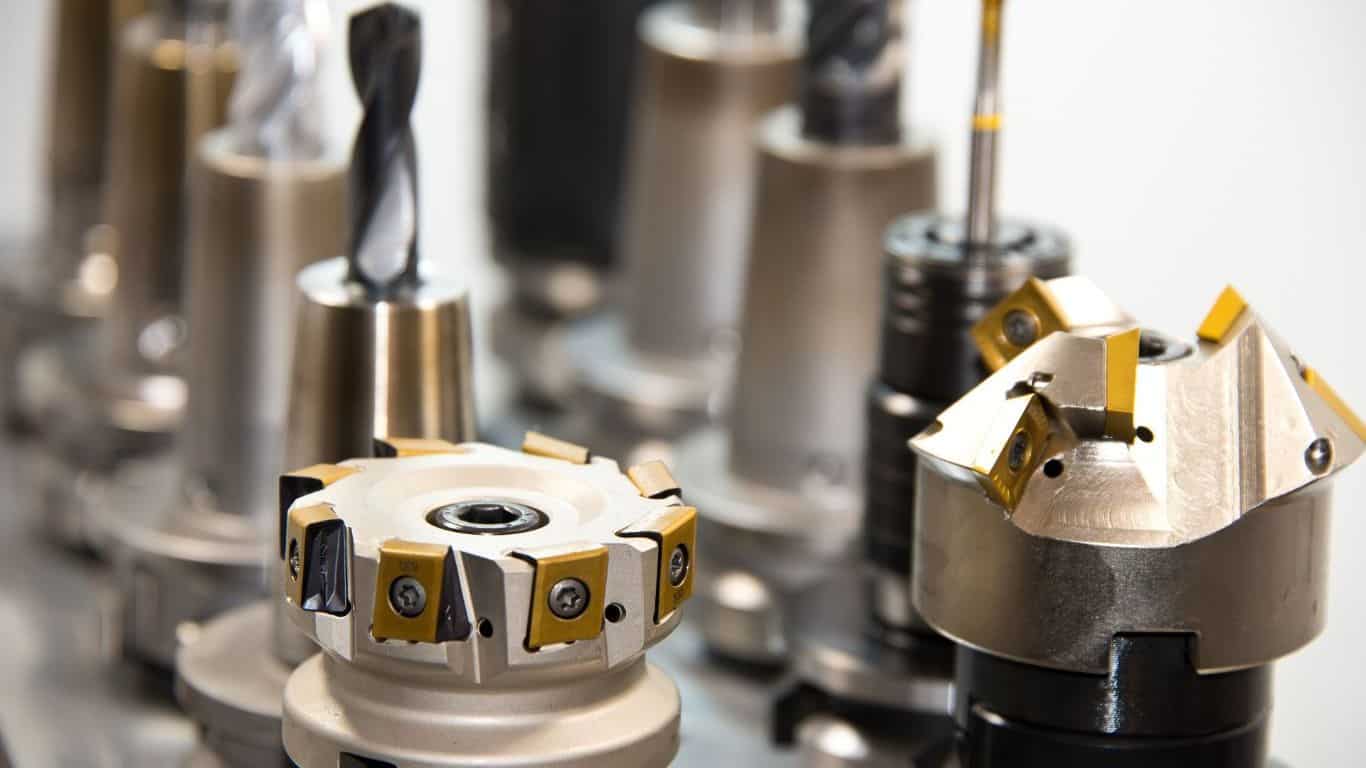Welcome to our blog post on the basic characteristics of metals. In this article, we will explore the fascinating world of metals and delve into their unique properties. Whether you are a materials engineer, a chemistry enthusiast, or simply curious about the elements that surround us, this article will provide you with valuable insights.
What are Metals?
Metals are a group of chemical elements that are known for their exceptional properties and widespread use in various industries. They are typically solid at room temperature and have shiny, metallic luster. Metals are excellent conductors of both heat and electricity, making them crucial components in electronic devices and power transmission systems. Additionally, metals exhibit malleability, ductility, and high tensile strength, allowing them to be easily shaped into various forms.
Physical Properties of Metals
Metals possess several distinctive physical properties that set them apart from other elements. Let’s explore some of these properties in detail:
Metallic Luster
One of the most recognizable characteristics of metals is their shiny appearance. This is due to the way metals reflect light, giving them a distinct metallic luster. Gold and silver, for example, are highly prized for their beautiful shine.
Conductivity
Metals are exceptional conductors of heat and electricity. This is because metals have a sea of delocalized electrons that are free to move within the material. The movement of these electrons allows metals to efficiently transfer heat and carry electrical currents.
Malleability
Metals can be easily hammered or rolled into thin sheets without breaking. This property, known as malleability, is a result of the metallic bonding between atoms. The layers of atoms in a metal can slide past each other, allowing for the deformation of the material without fracture.
Ductility
Similar to malleability, metals also exhibit ductility, which is the ability to be drawn into thin wires. This property is exemplified by metals like copper and aluminum, which are commonly used in electrical wiring due to their high conductivity and ductility.
Tensile Strength
Metals possess high tensile strength, meaning they can withstand large amounts of pulling or stretching force without breaking. This property is vital in structural applications, such as bridges and buildings, where metals need to withstand heavy loads.
Chemical Properties of Metals
Metals react with various substances in different ways, showcasing their unique chemical properties. Here are some key aspects to consider:
Corrosion
Many metals are prone to corrosion, a process in which they react with substances in their environment, such as oxygen or moisture, leading to the degradation of the metal. Rusting of iron is a common example of corrosion.
Reactivity
Metals differ in their reactivity towards other elements and compounds. Some metals, such as alkali metals, are highly reactive and readily form compounds with other elements. Others, like noble metals, are relatively unreactive.
Electrochemistry
Metals often participate in electrochemical reactions, such as oxidation and reduction processes. These reactions play a significant role in various areas, including batteries, electroplating, and corrosion protection.
Applications of Metals
The unique properties of metals make them indispensable in countless applications across different industries. Here are some common uses of metals:
- Transportation: Metals are widely used in the automotive and aerospace industries due to their strength, durability, and lightweight nature.
- Construction: Metals like steel and aluminum are fundamental to the construction of buildings, bridges, and infrastructure.
- Electronics: Metals such as copper and silver are used in electronic devices for their exceptional conductivity.
- Energy: Metals play a crucial role in power generation and distribution, including wind turbines, solar panels, and power grids.
The Future of Metals
As technology advances and new materials are discovered, the future of metals continues to evolve. Researchers are exploring innovative ways to improve the properties of metals, reduce their environmental impact, and develop sustainable alternatives. From the growing use of lightweight alloys in the automotive industry to the development of smart materials with integrated functionalities, the realm of metals is ripe with exciting possibilities.
In conclusion, metals possess a wide range of physical and chemical properties that make them invaluable in numerous applications. From their conductivity and malleability to their strength and reactivity, metals continue to shape our world and drive technological advancements. As we look towards the future, the exploration and understanding of metals will undoubtedly lead to even more breakthroughs and innovations in various fields.

